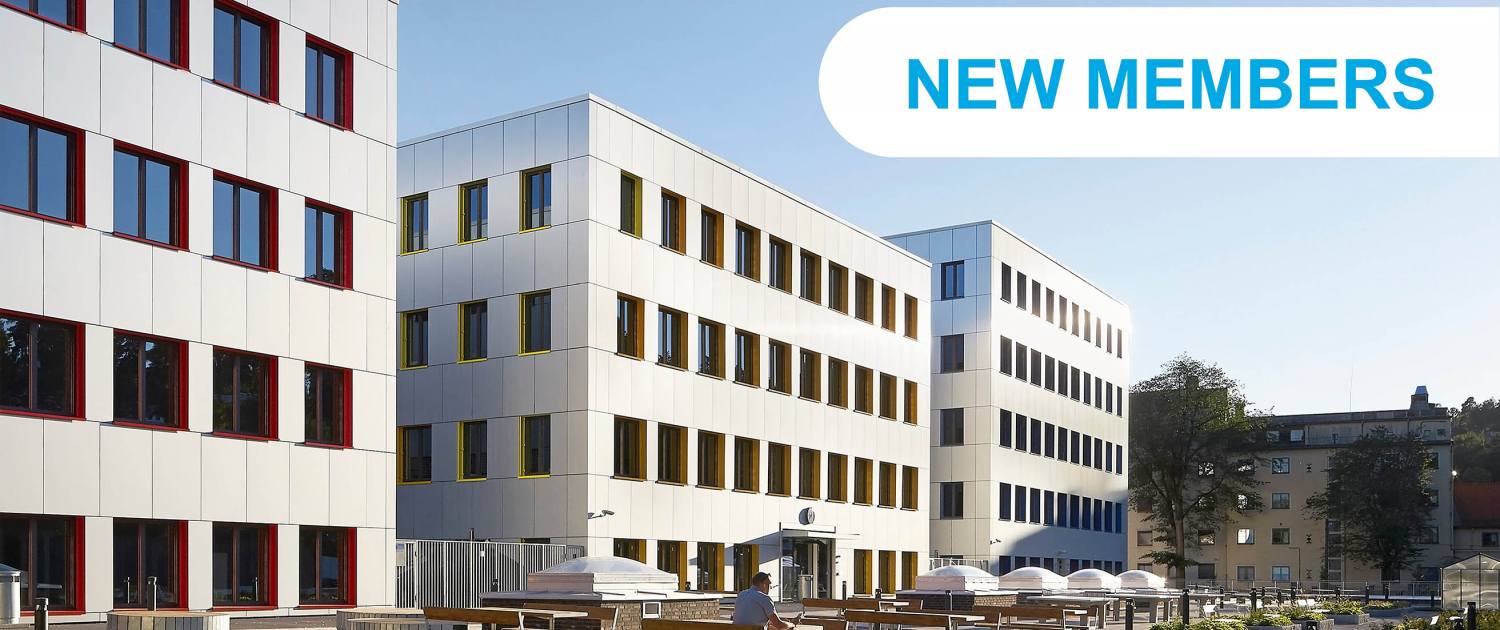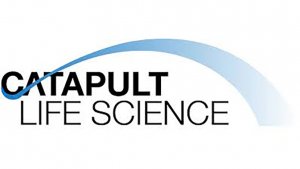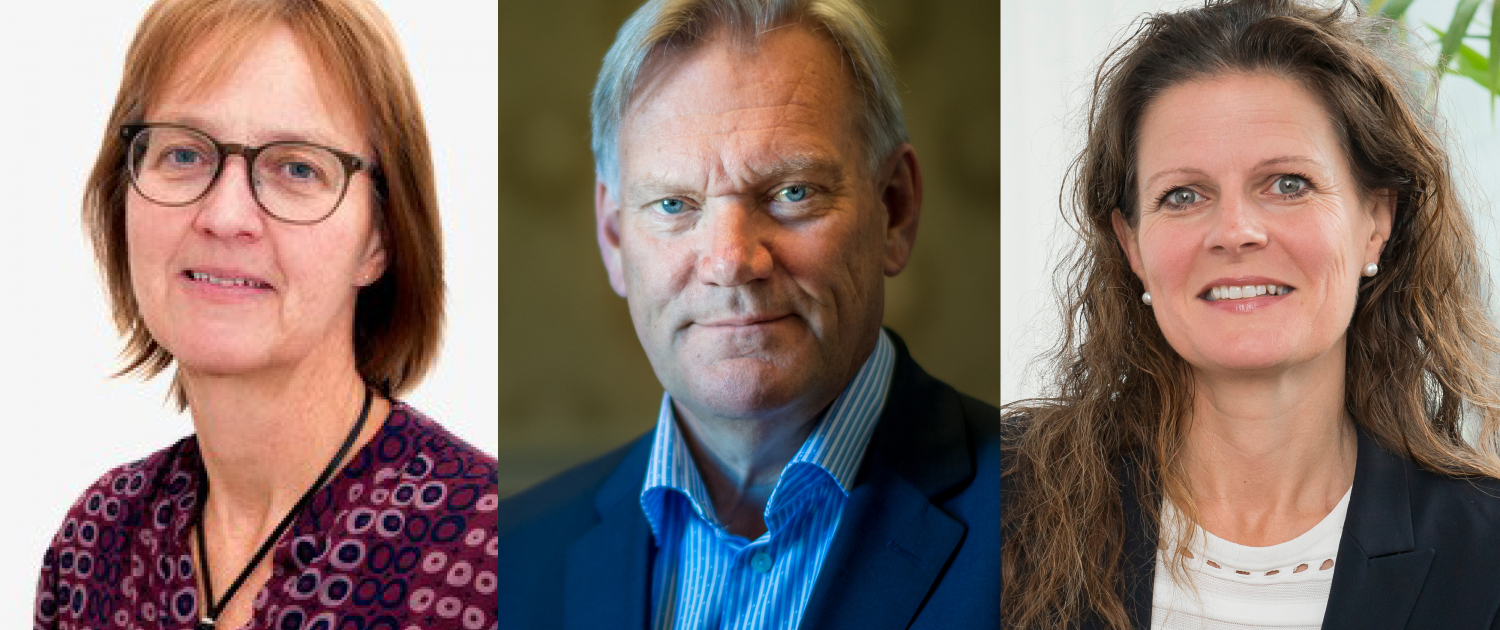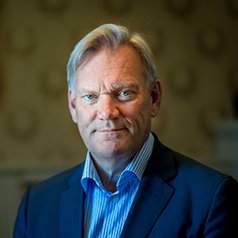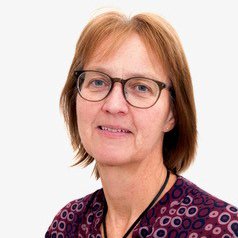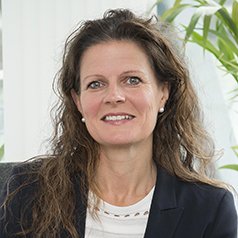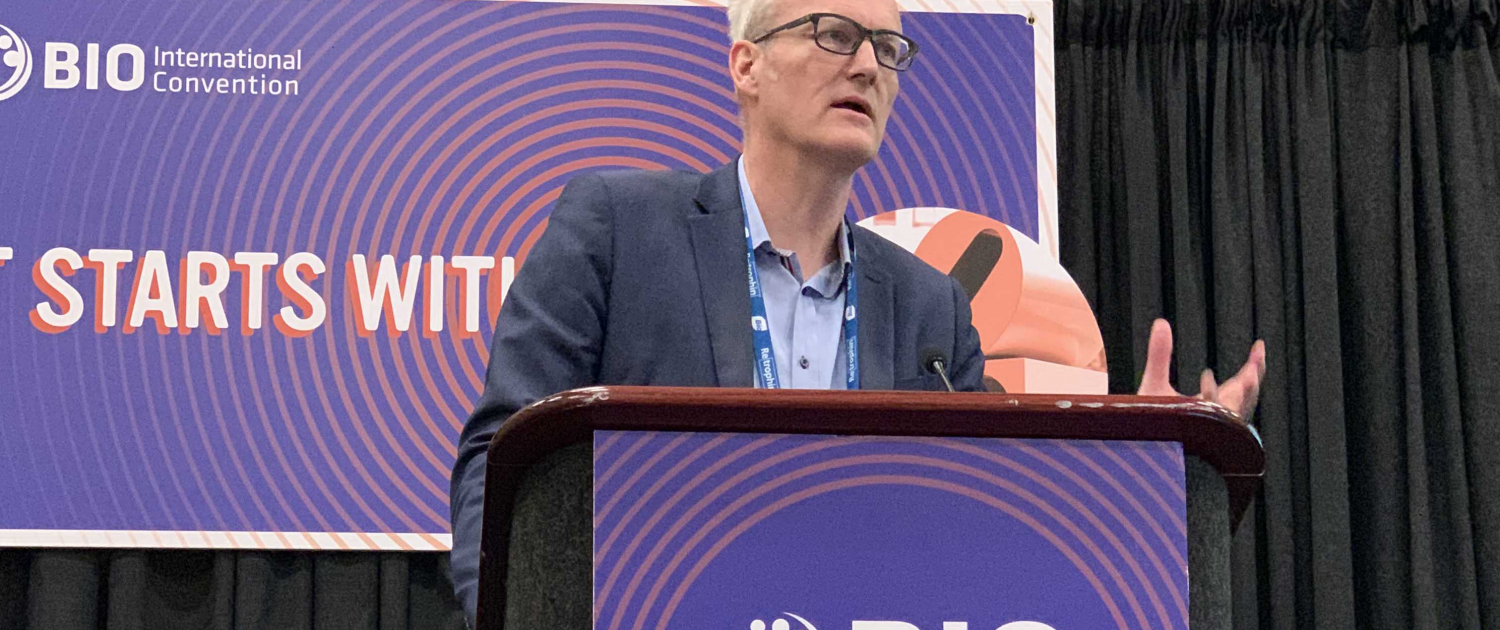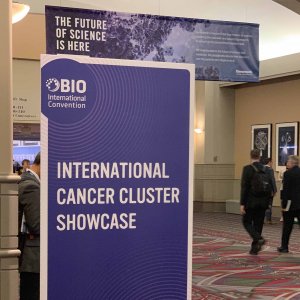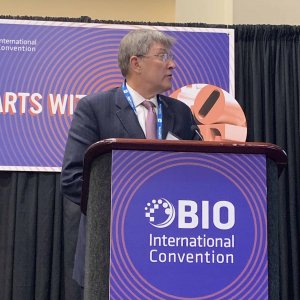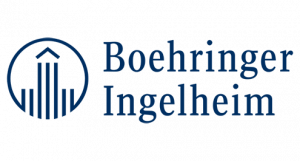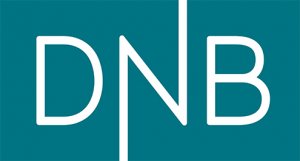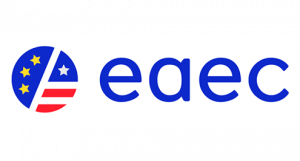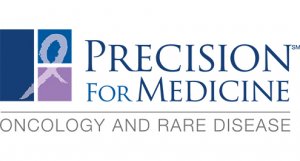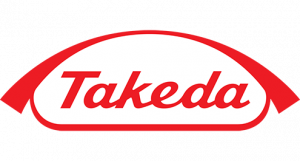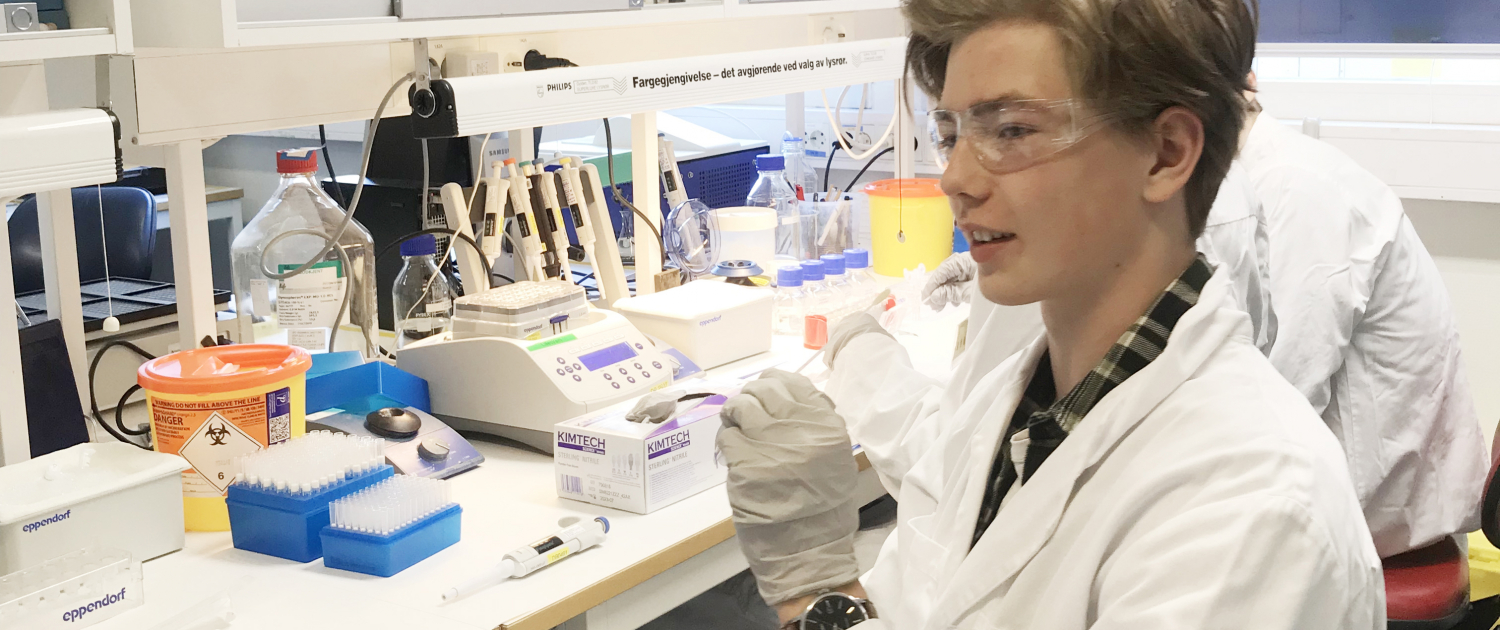
Students learned about a Norwegian invention behind CAR T-cell therapy and DNA profiling on their latest work placement.
This article is also available in Norwegian here.
Thermo Fisher Scientific is a global company that develops the Norwegian technology, which is based on “Ugelstad-kulene” (The Ugelstad Beads). In June 2019, Einar, Tor, Olav and Philip from Ullern Upper Secondary School completed a work placement with Thermo Fisher Scientific in Oslo. They used the beads to profile their own DNA and learned how the beads can be used to find murderers, diagnose heart attacks and save children from cancer.
“What do you plan to study when you finish upper secondary school?” Marie asks.
“The natural sciences,” Einar and Tor replies.
“The natural sciences at NTNU,” Olav says.
“First, the natural sciences and then, join the Air Force,” Philip answers.
Marie Bosnes is supervising the students who are attending the work placement and has worked more than 24 years in the Norwegian section of Thermo Fisher Scientific. She conducts research and development in the former monastery located on Montebello, next to Oslo Cancer Cluster Innovation Park and Ullern Upper Secondary School.
Today, Marie and several of her co-workers have taken time out of their busy schedules to tutor the four students from Ullern: Einar Johannes Rye, Tor Haugen, Olav Bekken and Philip Horn Børge-Ask. The students have nearly finished their second year and have so far focused their studies on mathematics, physics, chemistry and biology. But next year, they will also study programming, instead of biology.
“It is a good mix of subjects, especially programming is useful to learn. You should consider studying bioinformatics, because, in the future, it will be a very desirable qualification,” Marie says.
Marie has studied biology and her co-workers call her Reodor Felgen (a character from a famous Norwegian children’s comic book), since she loves to constantly explore research on new topics.
Treating cancer
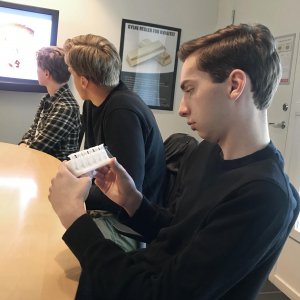
Philip Horn Børge-Ask looks at the test tubes that contain the famous “Ugelstad-kulene”. Photo: Elisabeth Kirkeng Andersen
While Einar, Tor, Olav and Philip are on a work placement with Marie, four other Ullern students are on another work placement with Thermo Fisher Scientific in Lillestrøm. This is where they develop and produce Dynabeads for the global market.
“Dynabeads are also kalled ‘Ugelstad-kulene’, because they are a Norwegian invention. During the ‘1970s, one of NASA’s goals was to make perfectly round and identical, tiny, plastic microbeads in outer space. No one thought it was possible to make them on Earth. John Ugelstad, a Norwegian chemical engineer, did not accept that fact. He completed several difficult calculations, which enabled him to produce these tiny beads on Earth,” Marie explains.
Thanks to the tiny beads, Thermo Fisher Scientific has experienced huge global success. Even though there are only 200 employees situated in Norway (out of 70 000 employees globally), the research and development conducted in Norway is extremely important for the whole company.
“We are proud to announce that every year Dynabeads are used in almost 5 billion diagnostic tests in the world,” Marie says.
Thermo Fisher Scientific has developed the beads further, so they can be used in CAR T-cell therapy to treat cancer. The first approved CAR T-cell therapy in the world that treats child leukaemia was approved in Norway in December 2018. The advanced technology is based on the Norwegian invention “Ugelstad-kulene”.
- Watch the video from the Norwegian TV channel TV2 about Emily Whitehead, the first child in the world that received this CAR T-cell therapy. She visited Thermo Fisher Scientific in Oslo in March 2019.
Catching killers
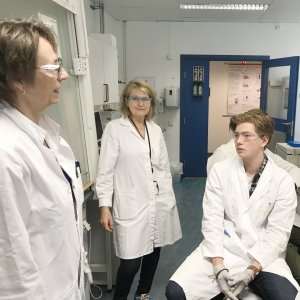
Elisabeth Breivold and Marie Bosness from Thermo Fisher Scientific supervised the students in the lab. Photo: Elisabeth Kirkeng Andersen
“The beads are used for many different purposes and you will learn about a few of them today. Simply put, the beads are like a fishing rod. Depending on which bait you fix to it, the rod can be used in different ways,” Marie says. “Before lunch, we will use Dynabeads for DNA profiling. This technology is commonly used by police to identify suspects after a crime, just like in the TV series CSI.”
During the presentation, Marie shows the students the front page of an American newspaper with a mugshot of Gary Ridgway, an American serial killer, also known as “The Green River Killer”. Ridgway has now confessed to killing 71 women. For many years, the police hunted the murderer without any luck. Finally, new technology enabled the police to retrieve damning evidence from the tiny amounts of DNA that Ridgway had left on his victims. The DNA evidence led to a successful conviction of the killer.
“The DNA evidence was established with DNA profiling, using Thermo Fisher Scientific’s products. They did not use Dynabeads back then, but today, they would have used the beads. You will learn how to do it yourselves in the lab,” Marie says.
Learning to profile DNA
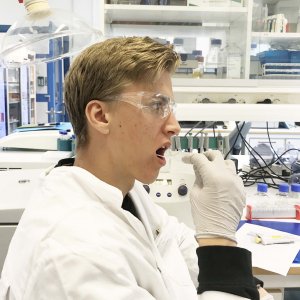
Olav performs a mouth swab on himself, the first step to retrieve the DNA. Photo: Elisabeth Kirkeng Andersen
Before the students enter the laboratory, they need to put on protective glasses, lab coats and plastic shoe covers. The students will profile their own DNA, the same way the police profile the DNA from suspects or criminals.
First, the Ullern students collect the cells with a mouth swab. Then, they add the different enzymes and chemicals that will open the cell membranes into the test tube, so that the DNA is released.
Afterwards, the Ullern students add “Ugelstad-kulene”, which bind to the DNA like magnets. Then, they retrieve their DNA from the solution.
They put the DNA in a kind of “photocopier”, in order to study it with something called “gel electrophoresis”. This is a method for analysing individual parts of DNA that make up the human genome. It shows a bar code pattern, which is completely unique for every person in the world.
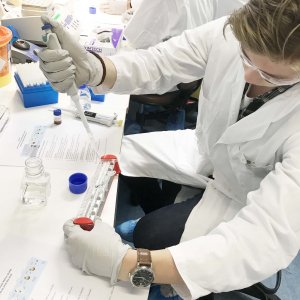
Tor adds new chemicals to the solution with his DNA. Photo: Elisabeth Kirkeng Andersen
“DNA is incredibly stable, which means that we can retrieve it from people and animals that died a long time ago and copy their DNA so that it can be analysed,” Marie explains.
“The most fun was to retrieve our own DNA. We tried it ourselves and it was fun to learn how to do it,” Philip says.
The Ullern students were very happy with their work placement at Thermo Fisher Scientific.
“I think the placement was educational and interesting. It was very well arranged and we got to try many different things. What surprised me the most was probably the close collaboration between scientists at Thermo Fisher Scientific – it seemed like everyone knew each other!” Philips says at the end of the day.
After the students had completed the DNA profiling, they ate lunch and then they learned more about the use of “Ugelstad-kulene” in diagnostics, and CAR T-cell therapy.
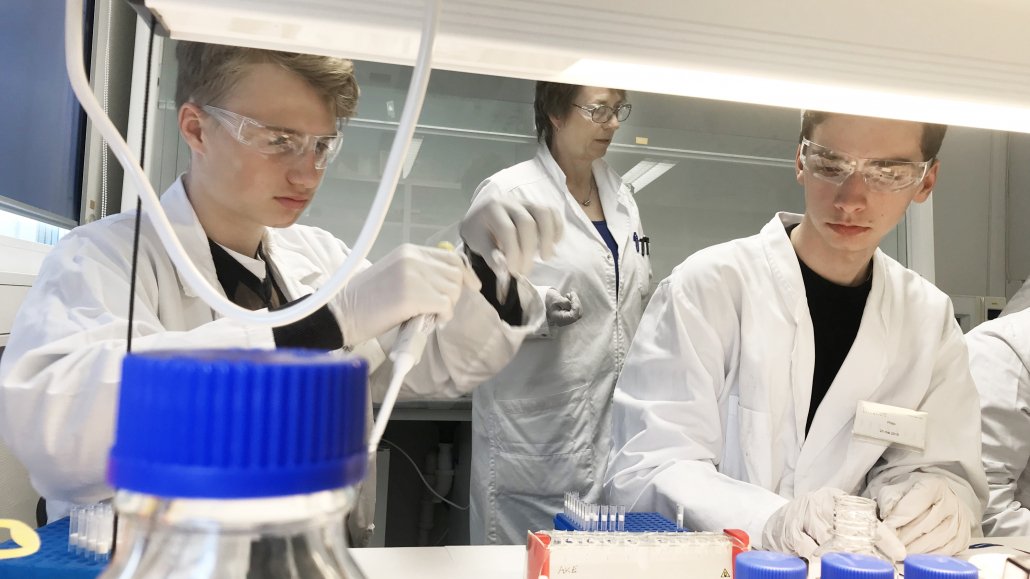
Elisabeth Breivold supervised the students while they performed the DNA profiling in the laboratory at Thermo Fisher Scientific. Photo: Elisabeth Kirkeng Andersen

